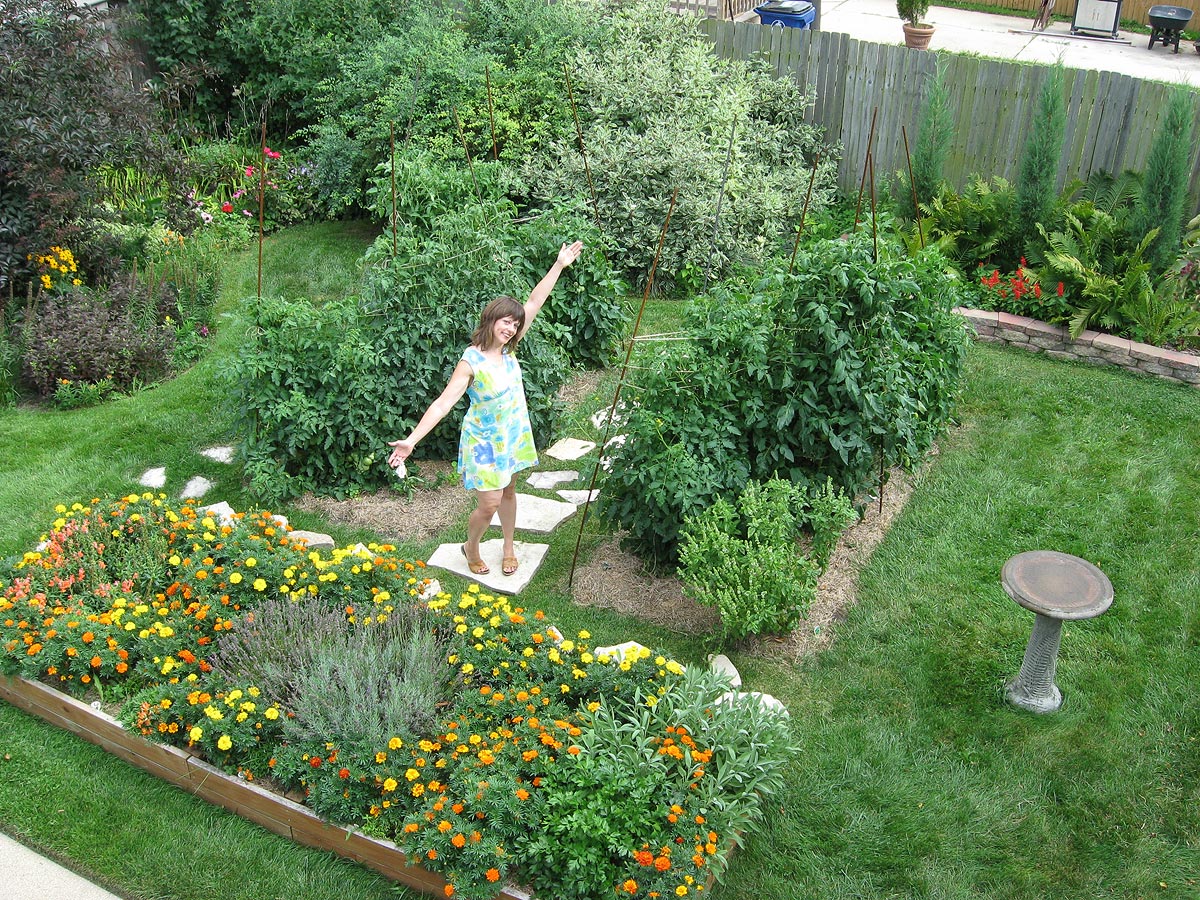Your new rented garden plot could be the ideal place to grow vegetables such as the tomato. As one of the most nutritious vegetables on this planet, the tomato is an easy vegetable to grow and can be grown across America. This article contains some information on how to grow them and what kind of yard you need. It also helps you choose the right kind of garden or growing space if you are looking to rent.
Is Your Yard Suitable?
First, let’s look at what kind of land tomatoes need. They are fairly easy to grow, but require land with plenty of sunshine, loamy acidic soil, with plenty of natural rainfall. Now, many aspects of these can be manipulated from inside the home or a greenhouse using specially bought soil, grow lamps, and watering cans. However, the ideal, especially for warmer zones, is to grow the plants outside.
Your own yard might not be suitable for whatever reason, but you can rent out other people’s yards for the purposes of growing vegetables like tomatoes. As well as the right kind of acidic soil, you want a yard which has consistent exposure to the sun. The best would be a south facing yard which does not have too much shading. Your tomatoes will require a minimum of 6 hours sunshine per day, preferably more.
How to Grow Your Tomatoes
Plant your crop 6 weeks before the last frost of the spring. This will vary from north to south and east to west depending on your local climate. It is possible to plant them initially indoors or in a greenhouse to give them a better chance - this is best in colder, more northerly regions. Your tomatoes will require 2 inches of rain each week so balance watering with local weather conditions. They tend to have long roots so can drink well from the soil. Fertilize your crop 2 weeks before and 2 weeks after harvesting.
It may be tempting to grow your tomatoes with a combination of fertilizer and pesticides. The former might be ok to help them initially, but you can develop a more natural soil in time by using a rotation of crops. Tomatoes do attract bugs such as aphids, flea beetles, mosquitoes, and white flies, but you can deal with them by using complementary plants. The best one to grow is basil which repels most pests, but you can also grow lettuce, carrots, chives, marigolds, mint, and nasturtium as well.
